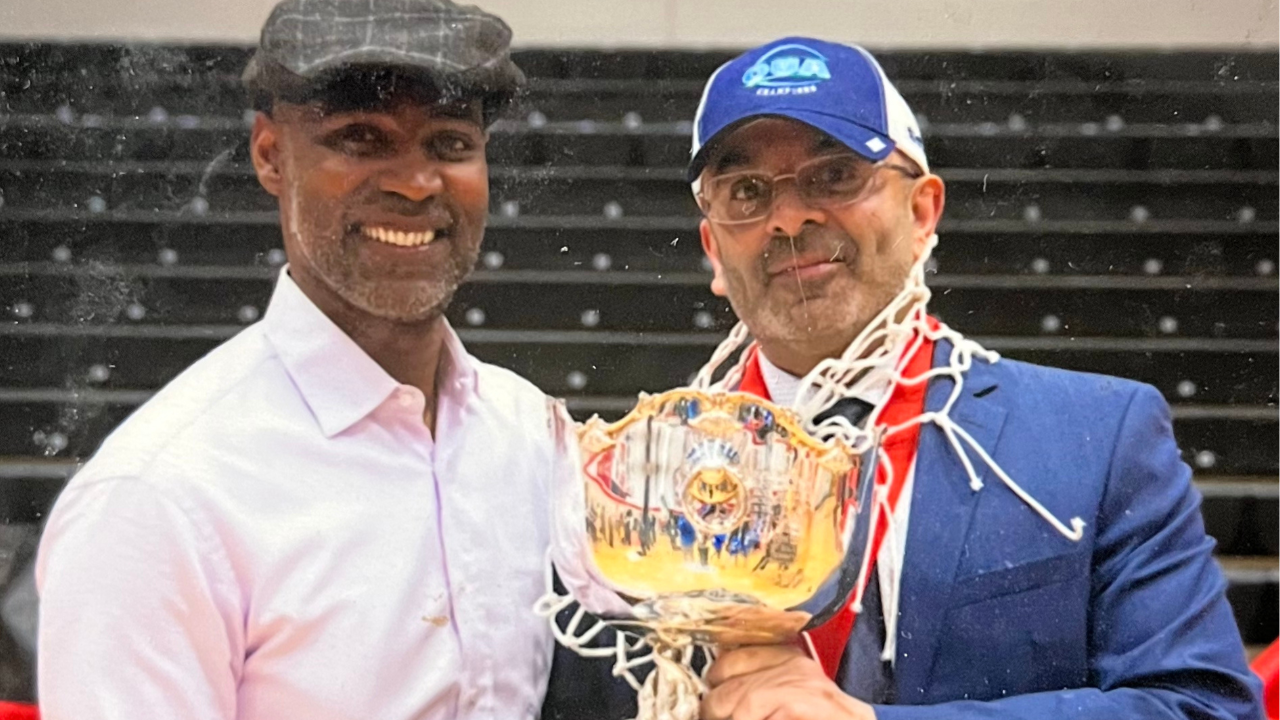How to Attract Diverse Talent
Feb 07, 2023
“I want to build a more diverse team, but I just can’t find the talent.”
I have heard that statement far too many times.
We have to recognize there is a road block at the front door keeping teams and organizations from becoming more diverse.
Getting Through the Front Door
In a well-publicized résumé study by the economists Marianne Bertrand and Sendhil Mullainathan, applicants with White-sounding names (such as Emily Walsh) received, on average, 50% more call-backs for interviews than equally qualified applicants with Black-sounding names (such as Lakisha Washington). The researchers estimated that just being White conferred the same benefit as an additional eight years of work experience—a dramatic head start over equally qualified Black candidates.
In another experiment (Kang et al.), “Whitened” résumés of Black and Asian applicants in 1,600 real-world job postings across various industries and geographical areas in the United States. By this I mean instead of belonging to the Jamaican Lions Club, you belonged to the Lions Club. Instead of having a name like Quin Xi Lu, your name became Keith Smith. The researchers found that Whitening résumés by altering names and extracurricular experiences increased the callback rate from 10% to nearly 26% for Blacks and from about 12% to 21% for Asians. What’s particularly unsettling is that a company’s stated commitment to diversity failed to diminish this preference for Whitened résumés.
Differently Prepared for the Win
Maria Klawe is the president of Harvey Mudd College. She concluded that the only way to increase the representation of women in computer science was to treat men and women differently. Men and women tended to have different levels of computing experience prior to entering college—different levels of experience, not intelligence or potential. Society treats boys and girls differently throughout secondary school—encouraging STEM subjects for boys but liberal arts subjects for girls, creating gaps in experience. To compensate for this gap created by bias in society, the college designed two introductory computer-science tracks—one for students with no computing experience and one for students with some computing experience in high school. The no-experience course tended to be 50% women whereas the some-experience course was predominantly men. By the end of the semester, the students in both courses were on par with one another. Through this and other equity-based interventions, Klawe and her team were able to dramatically increase the representation of women and minority computer-science majors and graduates.
Here are three simple actions that will yield the best candidates by eliminating artificial advantages:
Insist on a diverse pool.
Whether you’re working with recruiters or doing the hiring yourself, make it clear from the outset that you want true diversity, not just one female or minority candidate. Research shows that the odds of hiring a woman are 79 times greater if at least two women are in the finalist pool, while the odds of hiring a non-White candidate are 194 times as great with at least two finalist minority applicants.
Establish objective criteria, define “culture fit” and demand accountability.
Implicit biases around culture fit often lead to homogeneity. Too often selection comes down to shared backgrounds and interests that out-groups, especially those without parents in a similar profession, won’t have. That’s why it’s important to clarify objective criteria for any open role and to rate all applicants using the same rubric. When one insurance company began hiring in this way, it ended up offering jobs to 46% more minority candidates than before. Even if your organization doesn’t mandate this approach, ensure that everyone on your team takes it. Write down the specific qualifications required for a particular position so that everyone can focus on them when reviewing résumés and conducting interviews.
Limit referral hiring.
If your organization is homogeneous, hiring from within or from employees’ social networks will likely perpetuate that. Reach out to women and individuals from under-represented groups by looking for ethnic affinity clubs, specialized schools and programs or target media.
Examine the systems and policies that might be limiting your ability to attract diverse talent and tackle them head on. It’s not enough to have equity statements as part of your recruitment process that promise a commitment to diversity and inclusion. The proof is in the pudding. We all have to roll up our sleeves and dig in.


